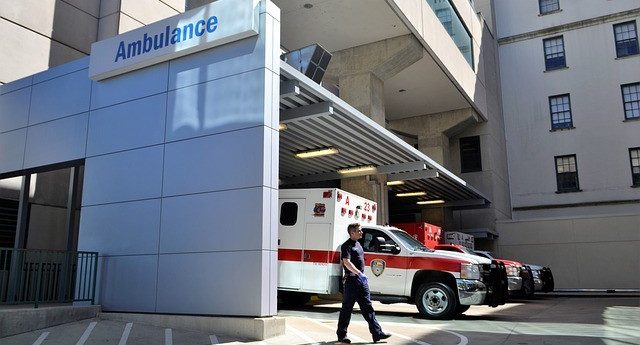Improved patient outcomes despite more individuals being sent home from emergency departments

Despite worries that reduced hospital admission rates from emergency departments and increased encouragement of the use of alternative acute care sources may lead to poorer outcomes for patients, new research suggests that healthcare efficiency and patient mortality rates have improved.
Policymakers and healthcare leaders often consider emergency department care to be of high cost and variable quality. As a result, attempts have been made to encourage the use alternative sources of acute care. In addition, hospital admission rates from emergency departments have declined. However, new research, conducted by Beth Israel Deaconess Medical Center (MA, USA) investigators, suggests that despite this, healthcare efficiency and patient mortality rates have improved.
In this new, retrospective study, published in JAMA Internal Medicine, researchers reviewed more than 15 million instances of Medicare beneficiaries’ emergency department visits between 2009 and 2016. Investigators evaluated the proportion of individuals hospitalized versus sent home from the emergency department, how this trend varied over the years of the study and how patient outcomes — assessed by reviewing mortality rates — varied over time and across institutions.
The results of the study demonstrate that the 30-day mortality of individuals who presented at emergency departments in 2016 were 23% lower compared with in 2009. This is equivalent to the prevention of approximately 200,000 deaths over the 7-year study period.
Mortality rates were most significantly reduced for the sickest individuals and reductions occurred despite an increase in the proportion of individuals being sent home from emergency departments, rather than being hospitalized.
Lead study researcher Laura Burke (Harvard Medical School; MA, USA) commented: “When researchers and policymakers studying emergency care look only at trends in patients who are discharged from the ED, as they commonly do, they may miss the fact that this pool of discharged patients is becoming increasingly complex over time as more patients who would’ve been hospitalized in the past are now being managed in the ED and sent home rather than deferring additional testing and treatment to the hospital setting.”
Burke continued: “…the fact that these gains were not equally distributed across hospitals means that there should be greater attention paid to those hospitals that have lagged behind and understanding how we can best help all hospitals improve.”
Sources:
Burke LG, Epstein SK, Burke RC, Orav EJ, Jha AJ. Trends in mortality for Medicare beneficiaries treated in the emergency department From 2009 to 2016. JAMA Intern Med. doi:10.1001/jamainternmed.2019.4866 (2019) (Epub ahead of print);
https://bidmc.org/about-bidmc/news/2019/11/burke-ed-mortality
